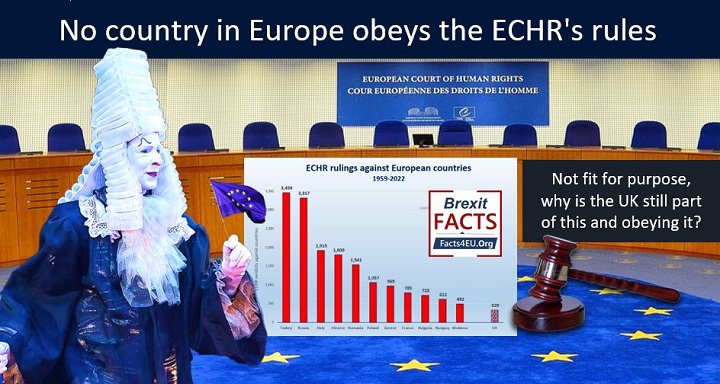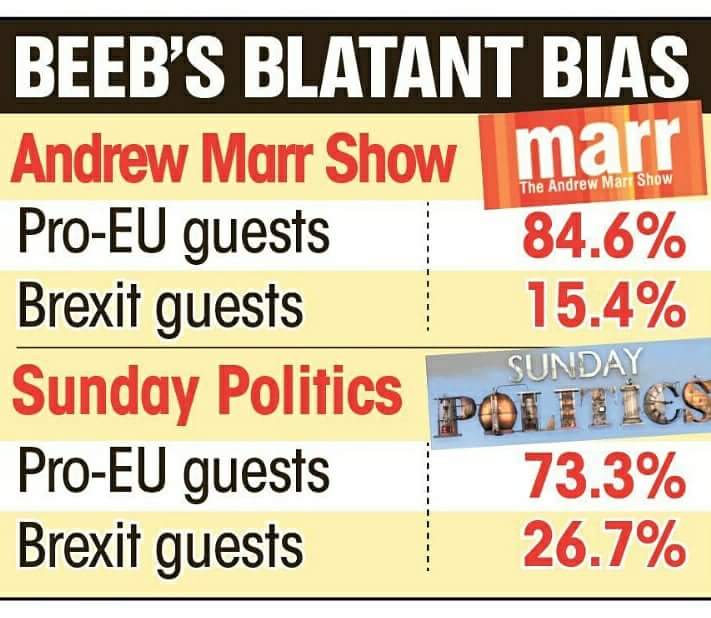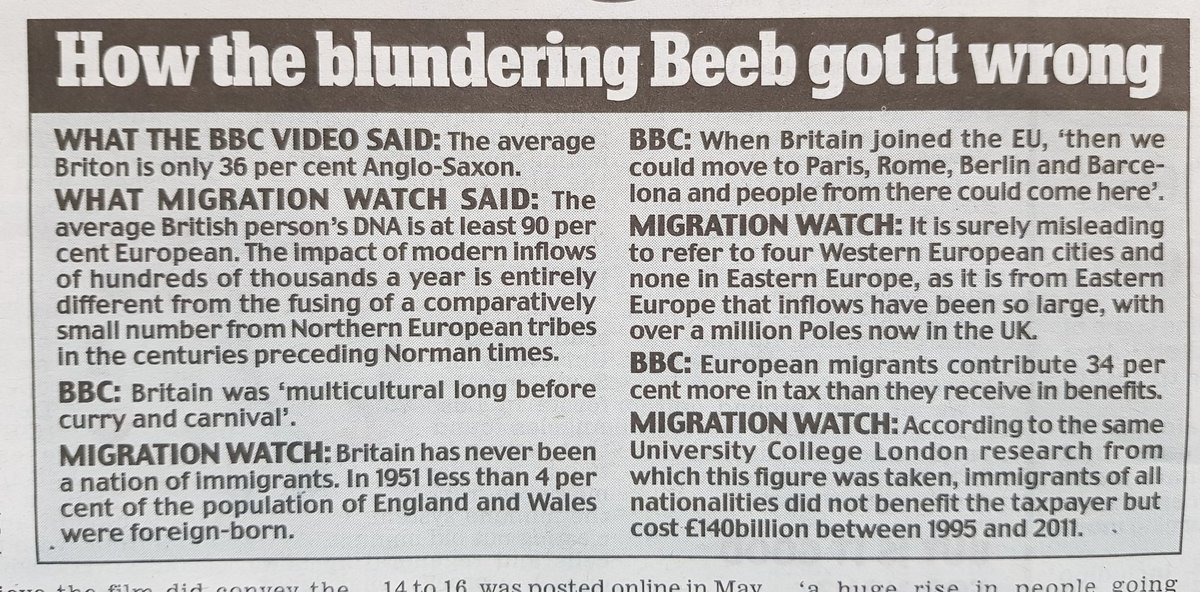LATEST FROM FREENATIONS
www.freenations.freeuk.com/news-2013-02-27.html
BRITISH FARMING AND THE ORIGINAL MODEL FOR THE COMMON AGRICULTURAL POLICY
by Edward Spalton
Since 1 January 1973 Britain has not had an agricultural policy of its own. British farming and food production have been entirely controlled by the European Common Agricultural Policy (CAP) with the institutions of the UK as its agent. This is a very short note to sketch in outline what our own policy used to be like, what we got into in 1973, where that policy originated and what it is like today.
The 1947 Agriculture Act
Britain had come close to starving twice through submarine blockade in both wars and was also very short of foreign exchange. It was therefore decided to have a policy which would encourage the production of a considerable proportion of our own food whilst allowing all the world to send its food here without customs duty. Farmers received subsidy from the taxpayer to ensure a price at which an efficient farm could be profitable. This was negotiated each year in a price review between the farming organisations and the Ministry of Agriculture, subject to parliamentary approval. So, if the world price of (say) wheat was £25 per ton and and efficient British farmer needed £30 per ton to be profitable, a “deficiency payment” of £5 per ton would be paid. Without this British farms could not compete with overseas areas enjoying more favourable climatic and other conditions. Thus the taxpayer paid once for a degree of food security but the market was otherwise allowed to operate freely. There was bureaucracy but very little by present day standards. Low food prices assisted the less well off and reduced pressure on wages. It was a simple, logical system for a largely urban population . Commonwealth and other countries could ship their produce here freely and our industrial exports flowed in the opposite direction.
The Approach to the changeover







